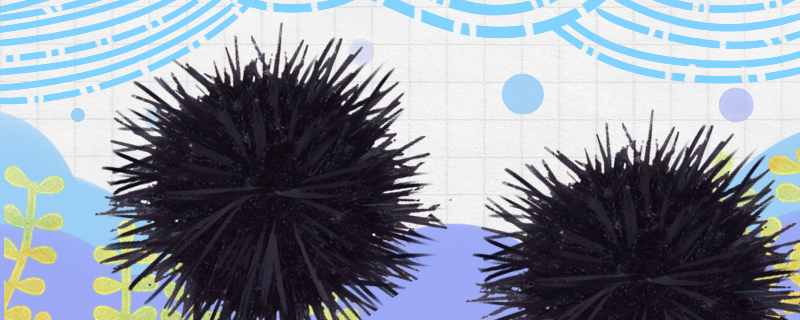
Sea urchins are echinoderms and invertebrates. Compared with vertebrates, which are relatively advanced animals, they are at a relatively low level in evolution, and their body structures are relatively simple. Many structural sea urchins do not have them. The eye, for example, is absent from sea urchins. Researchers have done special studies on sea urchins to explore how they perceive the external environment without eyes, and later found that sea urchins are also specially constructed to adapt to the surrounding environment. For example, they have eye spots in the epidermis of the reverse side, as well as specialized photoreceptor cells, which can be used to perceive the surrounding light, in fact, they are more sensitive to light. They also have enough sensor cells on their spines and tube feet to help detect the external environment.
Although sea urchins don't have eyes, they do have mouths so they can feed. But sometimes their mouths are hard to see. If we look carefully, we will find that there is a place without spines on the shell of sea urchins, which is usually white, and this white part is their mouth. It's easier to see their mouths when they're right in the middle of feeding.
As mentioned above, sea urchins belong to invertebrates, so some advanced organs do not exist in their bodies, because they have not yet evolved such advanced organs. Not only do sea urchins have no eyes, they also have no brains. But sea urchins have a nervous system, through which they can sense their surroundings and respond.